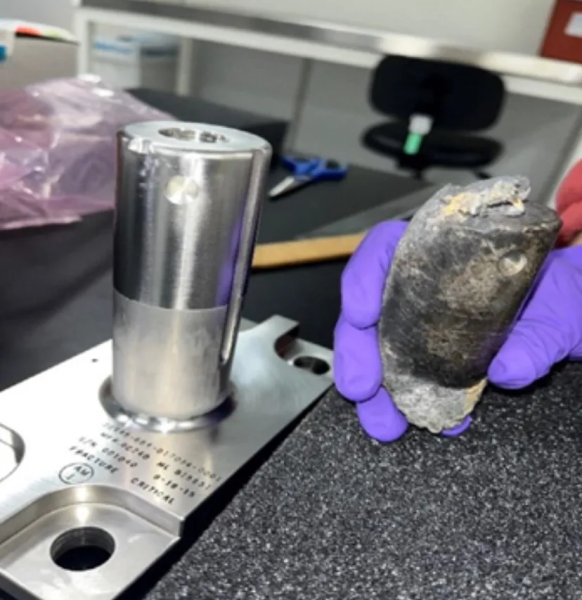The Technology section is published with the support of Favbet Tech


In March, a one-kilogram piece of metal pierced the roof and floor of a Florida resident’s two-story house Alejandro Otero. It later turned out that it was space debris – namely, the support of a cargo pallet for batteries with a total weight of 2630 kg, which was thrown from the ISS back in 2021.
Otero's 19-year-old son was in the house at the time, but fortunately there were no casualties.
“We can’t help but think about what could have happened if he had gone a little to the right or left,” Otero said. “We are very lucky.”
At the same time, in addition to moral damage, the family also suffered material damage. According to NPR, the man's insurance adjuster estimated the cost of repairs at $15,000, but there was other damage to the house that insurance would not cover.
“We are sending NASA our claim, which will include insurance and non-insurance damages,” the man said, adding that his lawyer has contacted the space agency’s legal team.
NASA expected the equipment to burn up completely upon reentry, even though other experts disagreed with the agency. Research center The Aerospace Corporation noted that “typically” 20-40% of the mass of a large object reaches the ground (the exact percentage depends on the design). The European Space Agency also acknowledged that some parts of the structure could reach the ground.

The photo shows how the support should look. in working order and its fragment, which survived entry into the Earth’s atmosphere and fell on a house in March 2024. Image: NASA
The garbage story itself is related to the unsuccessful launch of the Russian Soyuz spacecraft. More than 5 years ago, problems with the rocket during launch caused it to undergo a rapid ballistic descent while NASA astronaut Nick Haig was on board for a spacewalk to install a new set of lithium-ion batteries delivered by the Japanese HTV cargo ship to ISS, but the mission was postponed to 2018.
This delay in the carefully developed schedule canceled out the entire multi-year plan to modernize the batteries of the ISS electrical system. Each time, the HTV vehicle delivered new batteries to the station and picked up old ones – the last time this happened in 2020, and since then the last design with faulty batteries has remained on the ISS (other cargo vehicles include SpaceX's Dragon, Northrop Grumman's Cygnus and the Russian “progress” – cannot accommodate an HTV cargo pallet). In March 2021, NASA “ejected” the battery cargo using a robotic arm – it drifted in orbit for three years until aerodynamic drag pushed the structure back into the atmosphere.
The Technology section is published with the support of Favbet Tech


Favbet Tech is IT a company with 100% Ukrainian DNA, which creates perfect services for iGaming and Betting using advanced technologies and provides access to them. Favbet Tech develops innovative software through a complex multi-component platform that can withstand enormous loads and create a unique experience for players. The IT company is part of the FAVBET group of companies.

